Stringent Environmental Regulations
The imposition of stringent environmental regulations is a significant driver for the Electrocoagulation Market. Governments worldwide are enforcing stricter guidelines to control water pollution and protect natural resources. These regulations compel industries to adopt advanced wastewater treatment technologies, including electrocoagulation, to meet compliance standards. The market is witnessing a shift as companies recognize the importance of adhering to these regulations to avoid penalties and enhance their corporate image. Data suggests that the global market for wastewater treatment technologies is expected to reach USD 500 billion by 2027, with electrocoagulation being a key player in this growth. As regulatory frameworks continue to evolve, the demand for electrocoagulation solutions is likely to increase, driving market expansion.
Increased Focus on Sustainable Practices
The heightened focus on sustainability is a pivotal driver for the Electrocoagulation Market. As organizations strive to minimize their environmental footprint, the demand for eco-friendly wastewater treatment solutions is surging. Electrocoagulation Market technology aligns with these sustainability goals by providing an efficient method for removing pollutants without the use of harmful chemicals. Market trends indicate that industries are increasingly prioritizing sustainable practices, with many committing to zero waste initiatives. This shift is expected to propel the adoption of electrocoagulation systems, as they offer a viable alternative to traditional treatment methods. Furthermore, the growing consumer preference for environmentally responsible products is influencing companies to invest in sustainable technologies, thereby enhancing the market potential for electrocoagulation solutions.
Growing Industrialization and Urbanization
The rapid pace of industrialization and urbanization is significantly influencing the Electrocoagulation Market. As urban areas expand and industries proliferate, the volume of wastewater generated is increasing, necessitating effective treatment solutions. Electrocoagulation Market technology is gaining traction due to its ability to treat a wide range of contaminants efficiently. Market analysis indicates that the industrial sector is a major contributor to wastewater generation, with projections estimating that industrial wastewater will account for over 70% of total wastewater by 2025. This trend underscores the urgent need for advanced treatment technologies, positioning electrocoagulation as a viable solution for industries seeking to manage their wastewater responsibly. The interplay between industrial growth and the need for sustainable practices is likely to drive the adoption of electrocoagulation systems.
Rising Demand for Water Treatment Solutions
The increasing demand for effective water treatment solutions is a primary driver of the Electrocoagulation Market. As industrial activities expand, the need for efficient wastewater management becomes critical. Electrocoagulation Market technology offers a promising solution by effectively removing contaminants from water, thus ensuring compliance with environmental regulations. According to recent data, the water treatment sector is projected to grow at a compound annual growth rate of approximately 6% over the next few years. This growth is likely to propel the adoption of electrocoagulation systems, as industries seek sustainable and cost-effective methods for treating wastewater. Furthermore, the rising awareness of water scarcity issues is pushing organizations to invest in advanced treatment technologies, thereby enhancing the market potential for electrocoagulation solutions.
Technological Innovations in Electrocoagulation
Technological advancements play a crucial role in shaping the Electrocoagulation Market. Innovations in electrocoagulation systems, such as the development of more efficient electrodes and improved power supply configurations, are enhancing the effectiveness of this technology. These advancements not only increase the removal efficiency of contaminants but also reduce operational costs, making electrocoagulation a more attractive option for various industries. Market data indicates that the introduction of smart technologies, including automation and real-time monitoring systems, is expected to further drive the adoption of electrocoagulation solutions. As industries increasingly prioritize efficiency and sustainability, the integration of cutting-edge technologies into electrocoagulation systems is likely to foster growth in the market.


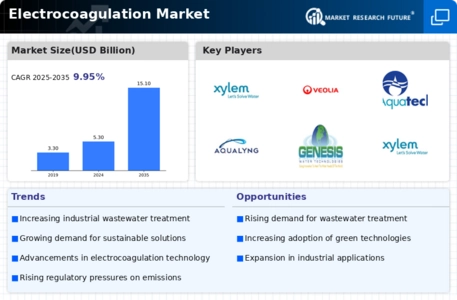
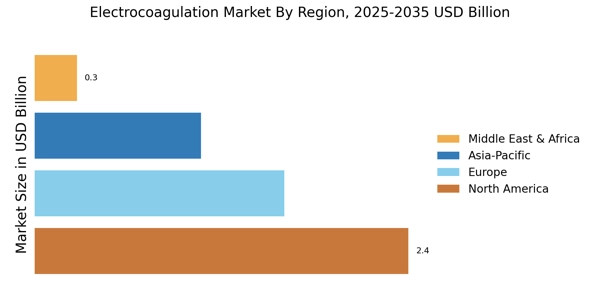
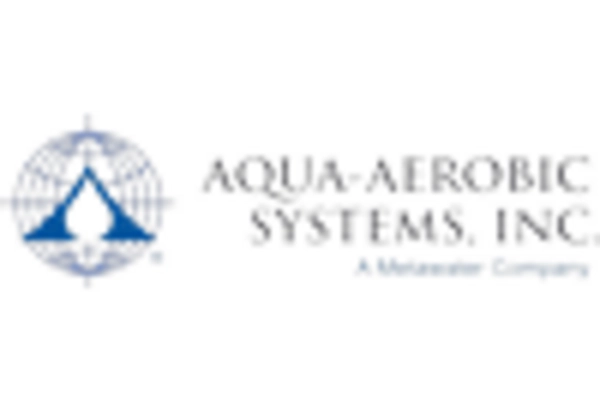
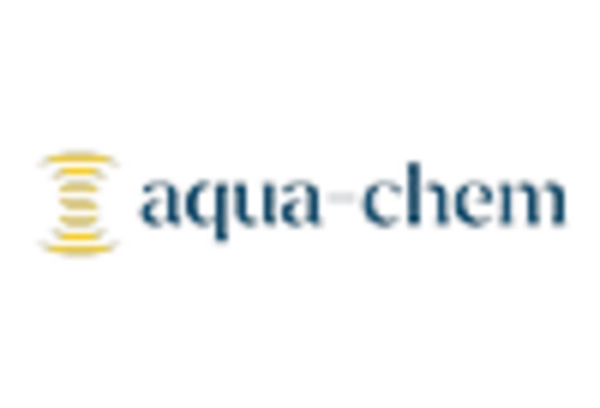
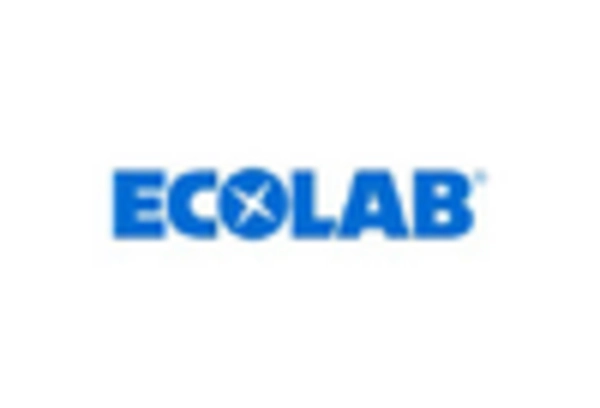
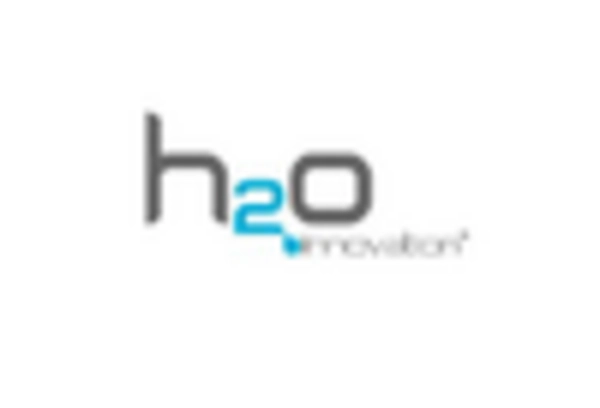
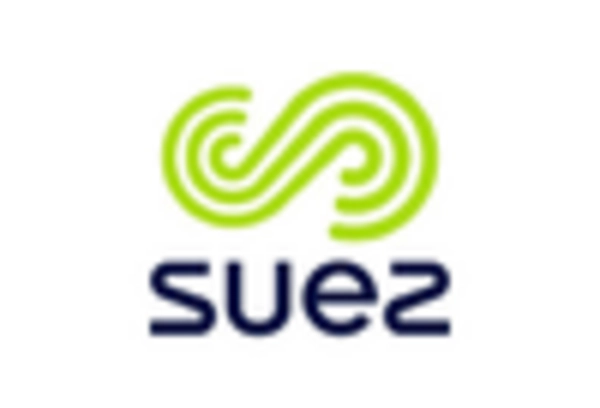









Leave a Comment